Altitude data when running in heavy rain
-
I ran on a route that I usually run in a pretty heavy rain and the altitude graph came out all jagged with little spikes and I also got more total ascent and descent than usual. Below are the pictures with the alti graph and data from the rainy run and one from a run on the same route in good weather.
It was not very windy, just a heavy pouring rain.
On both occasions I wore a t-shirt with short sleeves so I had no clothes covering the watch.
It’s the small spikes in altitude reading that add up to wrong data, looking at the graph on any given point the altitude value seems correct.
I have one other run also in heavy rain with jagged alti graph and ascent/descent values that are too high and I have runs in good weather for comparison for that route too.
I’m not complaining, I figured that maybe somebody could find this useful.
Rain:
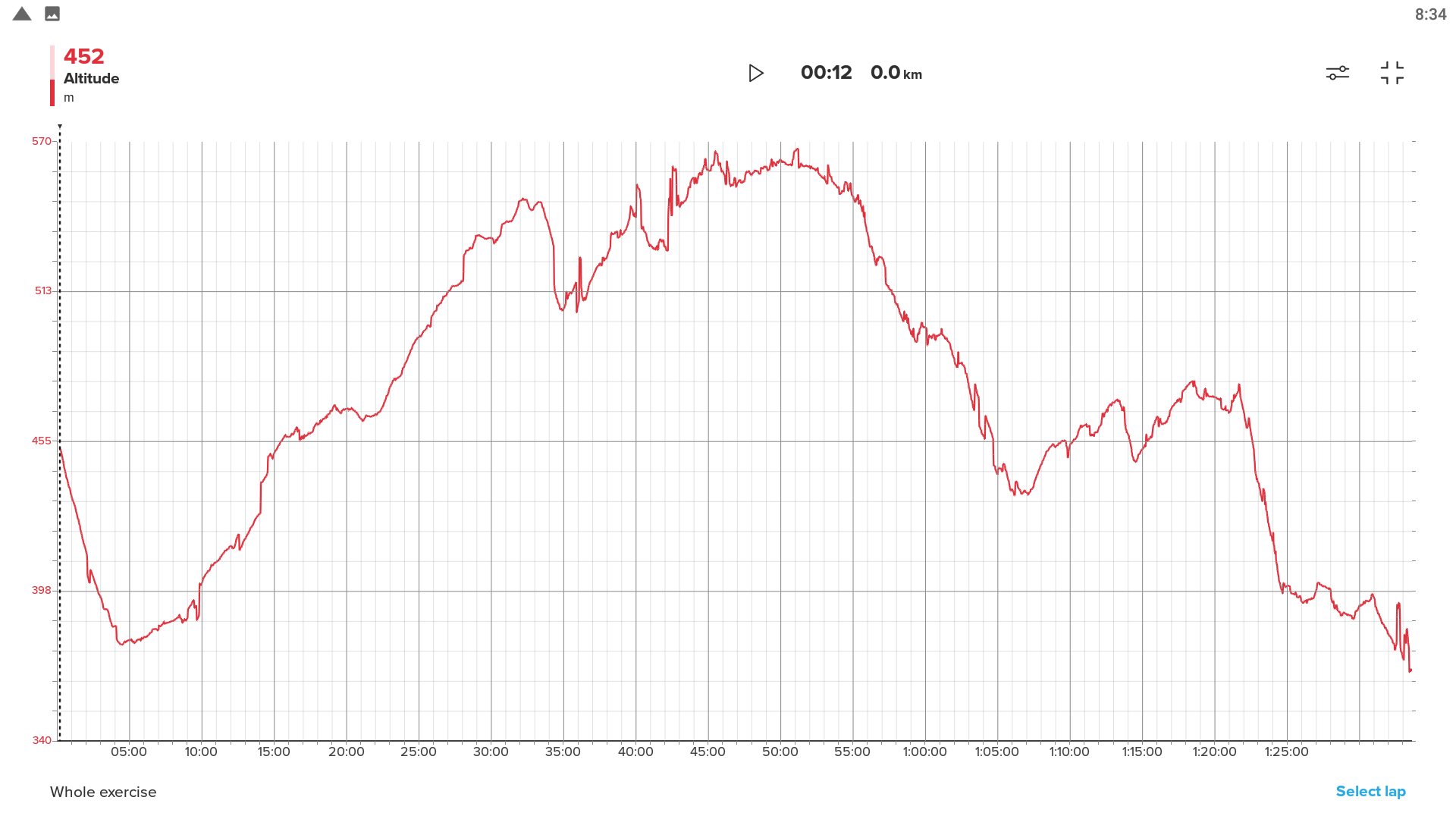
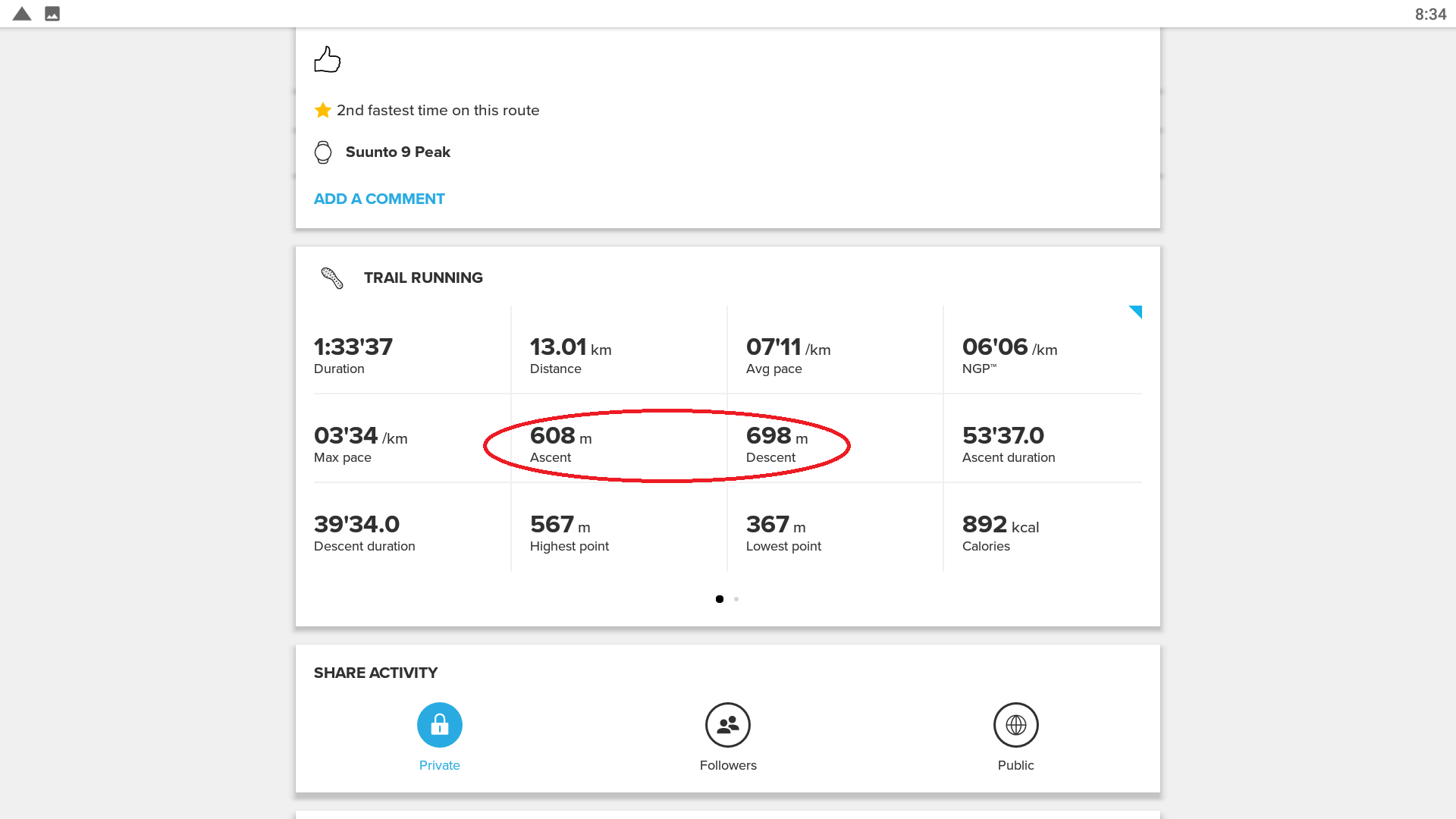
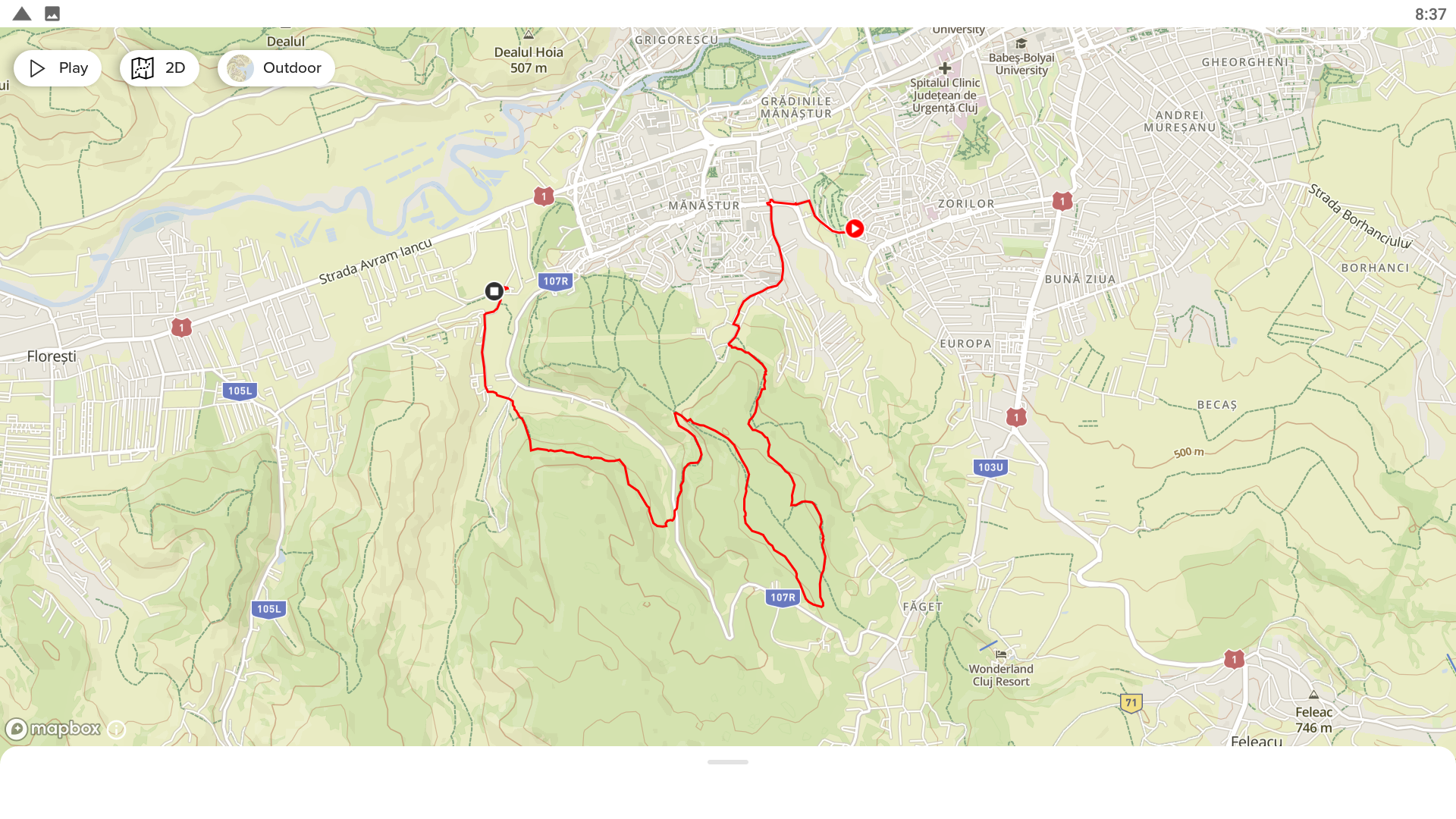
And in clear weather:
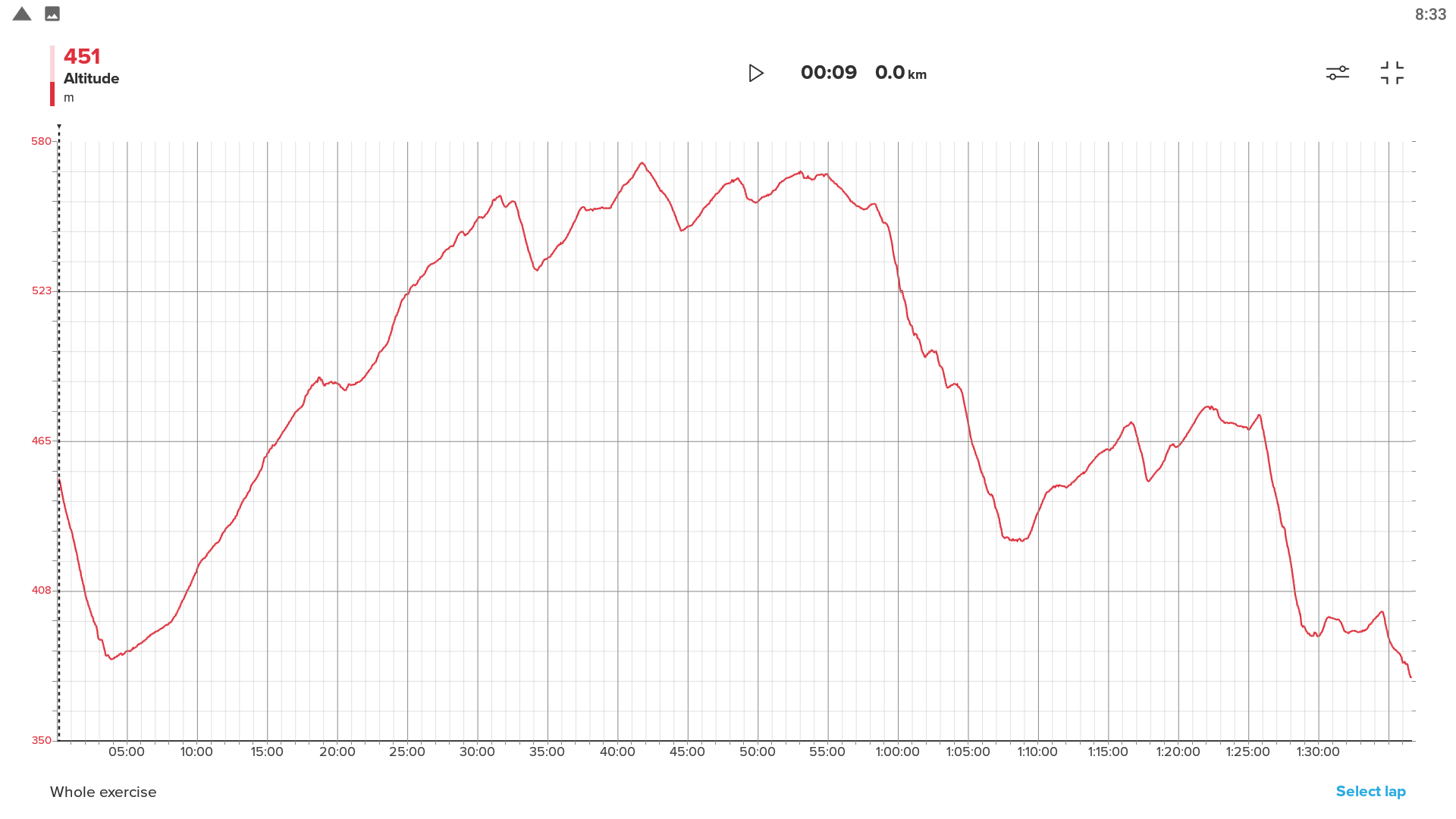
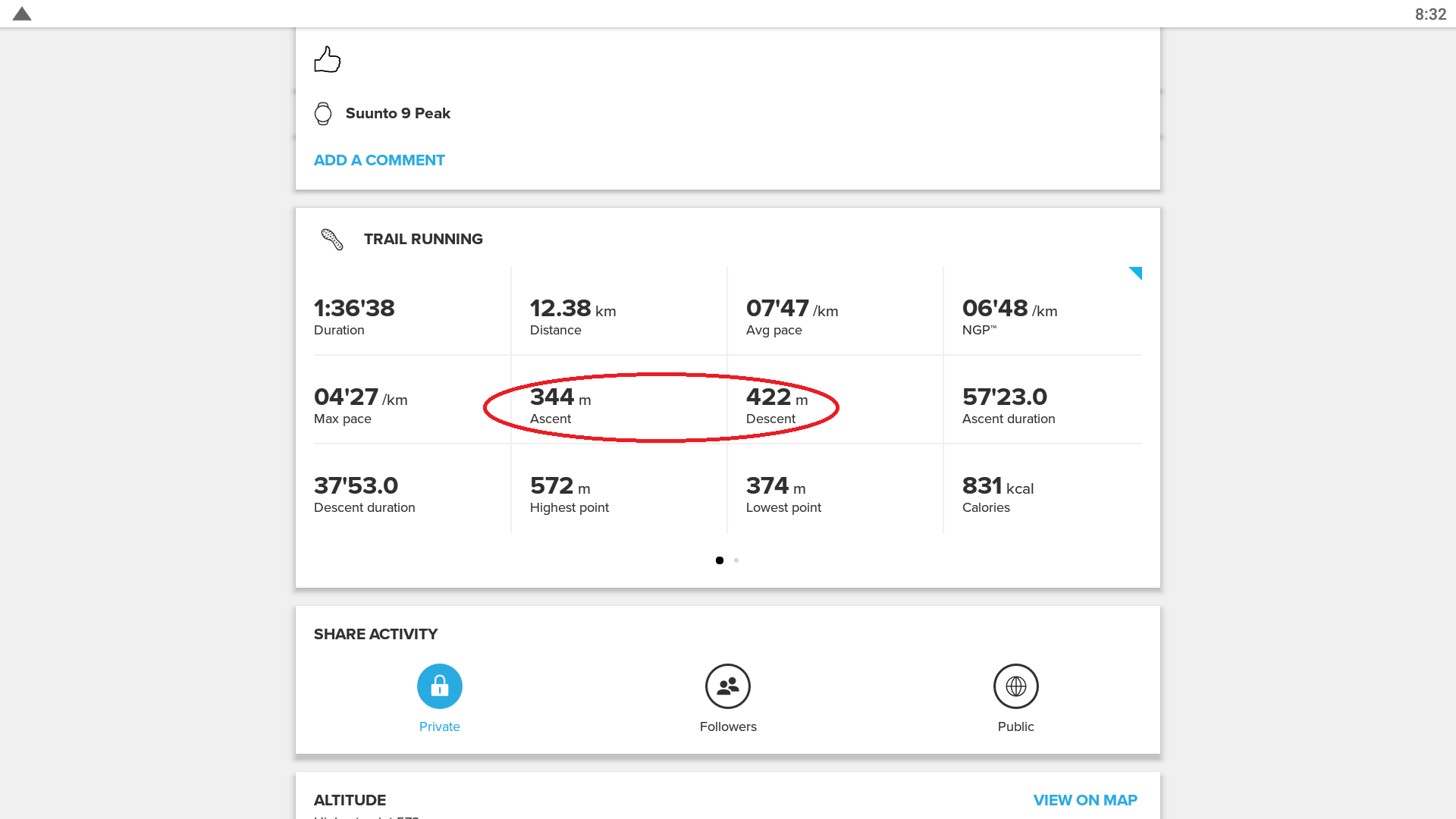
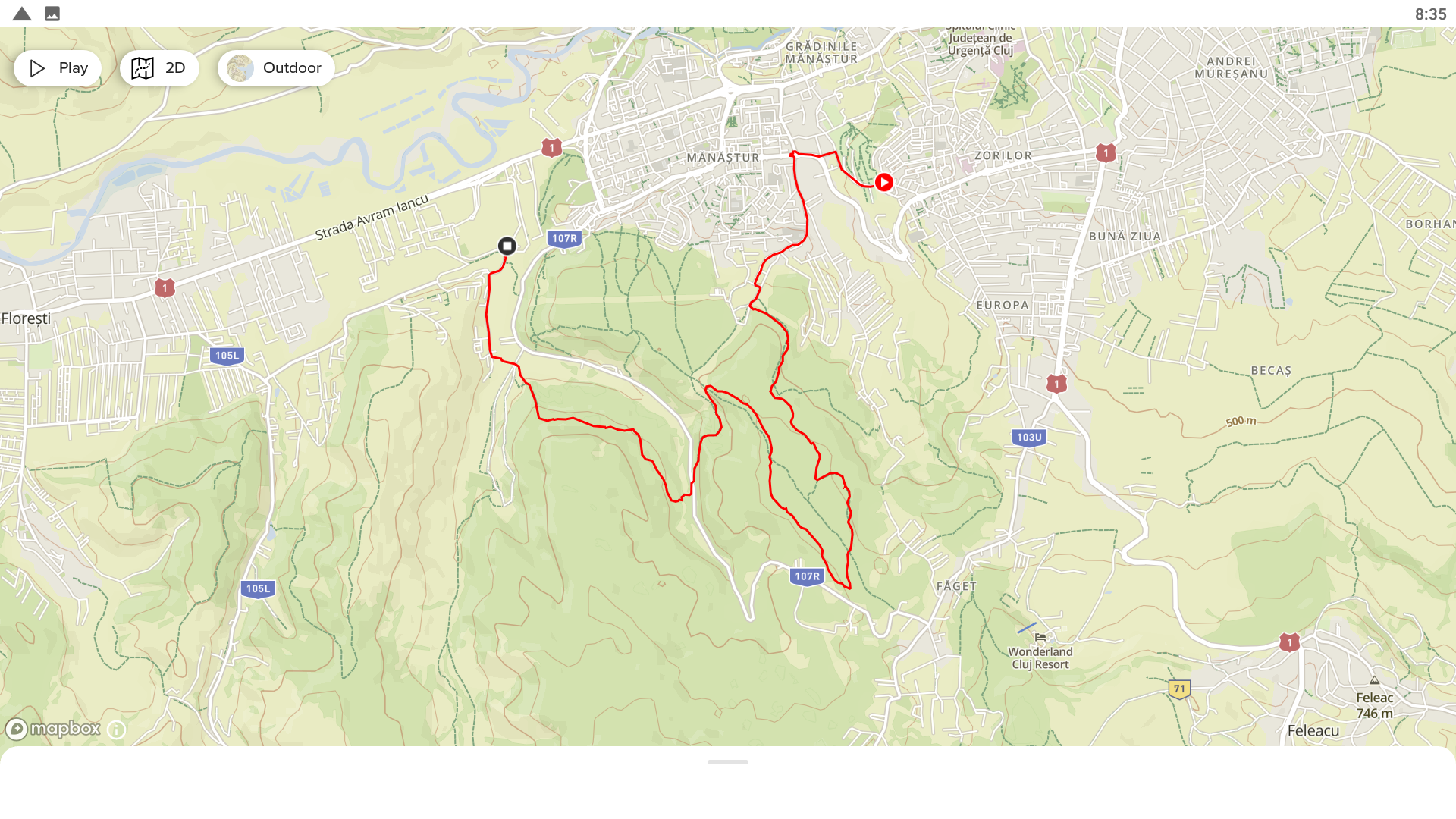
-
@aligigi
looks like the hole position is prone to weather conditions like drops maybe hitting directly the baro holes and hence increase the inside pressure? in heavy rain it is likely to hit even small spots like these… or, depending how fast you run the impact of wind, caused by speed and arm movement could also increase pressure temporary … OR gusts… maybe we learn about this a bit more over time? -
I’d assume the same as freeheeler. The pressure sensor is extremely sensitive to water. Since water is much denser and heavier than air, that’s quite normal. And since the sensor is rather exposed on the S9P, a drop that hits the sensor holes can probably cause a spike in the altitude measurement. GPS and FusedAlti then probably correct the absolute altitude, resulting in a zig-zag in the diagram and an increase in total ascent/descent. Just a theory, but anyways, rather expected behavior and not a defect.
-
@simon
FusedAlti does not react that fast.
I know from my S9B that the built up pressure is relieved relatively fast, hence it’s a short down spike and comes back to normal quickly again.but I see the hole position on S9P has more advantages than S9B

-
@aligigi I have had this happen ski touring when a lot of snow covers my hands/arms and water gets into the baro holes.
-
For the sake of information, I had the same “issue” today (again). Two hours riding in the rain, occasionaly heavy and windy. The elevation recorded was more than x2. I was wearing both jacket and gloves while the watch was exposed and not covered. Never had this issue when the watch is attached on the bike mount. I attach the relative screenshots along with Strava data after elevation correction.

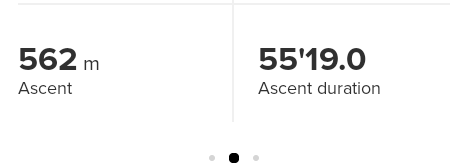



-
@Panagiotis-Kritikakos
the hole position is better than on the side of the watch, where you could block them with your skin or jacket sleeve with basically every motion. the holes pointing upwards where raindrops can hit the holes directly is a better compromise IMO.
if you don’t need to look at the watch frequently I would cover it with the rain jacket and the problem should be minimizededit: thanks @cosme-costa , didn’t notice that I already replied something similar some time ago

-
@freeheeler I did have a chance to test that theory, a few weeks ago some really heavy rain cought me at home with nothing to do so I went out for a run. I wore the watch upside down on my wrist with the holes looking down and the buttons oriented towards my elbow. I ran the same course and the elevation was correct. I guess that with the holes looking down the raindrops could not affect the baro sensor.
-
I had same issue last week. With heavy rain water drops block baro sensor holes in S9P.
When running and hands pointing forward, the holes are pointing up. Baro holes are more exposed than S9B in that conditions.
After that, when it’s raining I try to turn hand a bit to “protect” holes and clean water drops in the holes every 5-10min.
With light rain no problem. -
@freeheeler Another rainy ride today, at least for the most part, not as heavy and wind as yesterday, but I covered the watch under the jacket. Elevation profile and ascent/descent values were right and the profile smooth.
Anyway, IMHO that behaviour with the positioning of baro holes for an outdoor watch with barometric altimeter (it’s one of the features that make me choose GPS products and I guess it’s not only me) could be a bit of problematic design. I don’t know the limitations and what leads at the positioning of the sensor/holes but from a customer perspective I’d like my barometric device to behave as expected on bad weather and when it’s normally positioned on the hand, instead of covering, turning upside/down etc.
-
@Panagiotis-Kritikakos with previous models holes were positioned on the side. This however caused bad values to occur because of wind gusts and also due to contact with sleeves if I recall correctly. I guess, no matter the position, there’ll always be some give and take. Unless suunto places multiple sensors on each side to make a cross reference. That might be am overkill tho, instead I’d prefer to have a post workout correction in SA, akin to Strava.
-
@DMytro I’m sure, it can be tricky. Don’t know how other watches from other manufactures behave. Post workout correction is ok. It’s done on Strava but still missing in SA. My main concern is during the activity, especially for mountain oriented activities where the watch is on hand.
-
So, nice solution would be to introduce the option to choose from “FusedAlti” and “GPS only” somewhere in the navigation/elevation settings, right? And make these options accessible during the exercise…
My main concern why I chose Suunto 9 non-baro instead of Suunto 9 baro was that I’d rather have expectedly less precise elevation metrics than totally wrong values in some cases (rain, after swimming, heavy sweating, strong wind, possible sensor failure, etc)… -
@inkognito That could be an option to prevent misleading readings from the start.
-
@inkognito
Maybe and maybe not
Consider that if it’s heavy raining, probably the gps signal is sh***y too ?

-
Again today, with very strong wind, the baro sensor seem to have failed tragically. For an ascent of about 1300m, the watch reported 5500m! I was standing still, the baro graph along with meters of ascent were going mad. For an outdoor watch, failing to operate properly in not ideal/friendly conditions is bad, espeically when such fetaures are reasons for buying the device at first place.

 image url)
image url) -
@Panagiotis-Kritikakos but do you know if competition has better results in such conditions?
I think it would be helpful for users to be able to switch to gps-altitude if the recognize that conditions interfere with baro measurements.
-
@DMytro Generally, no I don’t know. If they have similar it doesn’t justify the result. My mate however with Garmin didn’t have such issues today.
GPS/baro switch has been mentioned before and I think would be helpful.
-
@Panagiotis-Kritikakos I have had this happen as well. About the only solution is to wear under your shirt sleeve or jacket.
-
@Brad_Olwin It was under the jacket, but the sleeve was not very tight to the wrist and I had headwind.